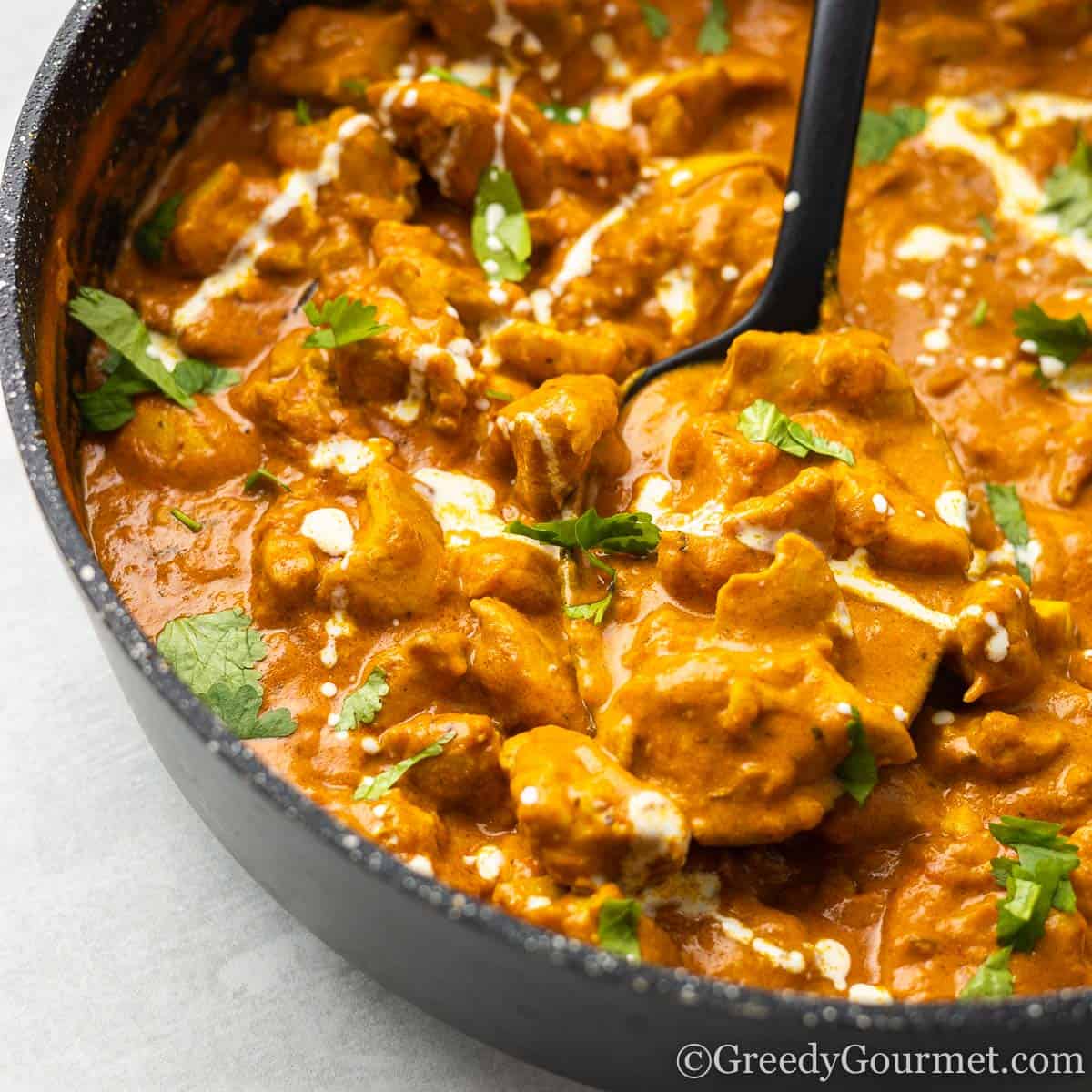Exploring The Vibrant World Of Curry Photos: A Feast For The Eyes
Curry photos have become a fascinating subject for food enthusiasts, photographers, and culinary artists around the globe. The vibrant colors, rich textures, and diverse ingredients that make up curry dishes create an irresistible visual appeal that captivates audiences. Whether you're a professional photographer or a food blogger, capturing the essence of curry through photography is an art that deserves exploration.
From the fiery reds of spicy curries to the creamy yellows of coconut-based dishes, curry photography offers endless possibilities for creativity. This culinary genre has evolved beyond just food documentation, becoming an essential element in marketing, social media, and even cultural representation. As the popularity of curry continues to grow worldwide, so does the demand for visually stunning curry photos.
In this article, we will delve deep into the world of curry photography, exploring techniques, tips, and best practices to help you capture the perfect shot. Whether you're a beginner or an experienced photographer, there's always room to enhance your skills and elevate your curry photography game. Let's get started!
Read also:Paris Hilton In The 90s The Rise Of A Pop Culture Icon
Table of Contents
- Introduction to Curry Photography
- The History of Curry in Visual Media
- Choosing the Right Equipment for Curry Photos
- Photography Techniques for Capturing Curry
- Understanding Lighting in Curry Photography
- Mastering Composition for Stunning Curry Images
- Editing Curry Photos for Enhanced Appeal
- Current Trends in Curry Photography
- Practical Tips for Beginners
- Conclusion and Final Thoughts
Introduction to Curry Photography
Why Curry Photos Matter
Curry photos play a crucial role in the food industry, particularly in marketing and branding. Restaurants, food bloggers, and social media influencers use these images to attract customers and showcase their culinary expertise. The visual representation of curry can evoke emotions, stimulate appetite, and create a connection with the audience. With the rise of platforms like Instagram and Pinterest, high-quality curry photos have become more important than ever.
Key Elements of Successful Curry Photography
Successful curry photography involves a combination of factors, including lighting, composition, and styling. Each element contributes to the overall aesthetic appeal of the image. Additionally, understanding the cultural significance of curry can enhance the storytelling aspect of your photos, making them more engaging and relatable to viewers.
The History of Curry in Visual Media
Curry has been a staple in various cultures for centuries, and its representation in visual media has evolved over time. From traditional paintings to modern-day digital photography, curry has been depicted in numerous ways. Understanding the historical context of curry in visual media can provide valuable insights into how to approach curry photography today.
Choosing the Right Equipment for Curry Photos
Cameras and Lenses
When it comes to curry photography, having the right equipment is essential. A DSLR or mirrorless camera with a good macro lens is ideal for capturing the intricate details of curry dishes. However, even smartphones with high-quality cameras can produce impressive results if used correctly.
Accessories and Props
- Reflectors: Used to bounce light and reduce shadows.
- Diffusers: Soften harsh lighting for a more natural look.
- Backdrops: Choose backdrops that complement the colors and textures of the curry.
- Props: Incorporate props like utensils, spices, and ingredients to add context and interest.
Photography Techniques for Capturing Curry
Angle and Perspective
The angle and perspective from which you shoot curry can significantly impact the final image. Experiment with different angles, such as overhead shots, side views, and close-ups, to find the most flattering perspective for your dish.
Read also:David Emmanuel The Rising Star In The Fashion Industry
Movement and Action
Capturing movement, such as steam rising from a hot curry or a spoonful of sauce being poured, can add dynamism to your photos. This technique helps convey the sensory experience of enjoying curry, making the images more appealing to viewers.
Understanding Lighting in Curry Photography
Lighting is one of the most critical aspects of curry photography. Proper lighting can enhance the colors and textures of the dish, while poor lighting can make it appear dull and unappetizing. Natural light is often preferred for food photography, but artificial lighting can also be used effectively with the right setup.
Mastering Composition for Stunning Curry Images
Rule of Thirds
The rule of thirds is a fundamental principle of composition that can be applied to curry photography. By dividing the frame into a grid of nine equal parts, you can position the main subject along the lines or intersections to create a balanced and visually pleasing image.
Leading Lines
Using leading lines, such as the edge of a plate or the curve of a spoon, can guide the viewer's eye through the image and draw attention to the curry dish. This technique adds depth and interest to your photos, making them more engaging.
Editing Curry Photos for Enhanced Appeal
Post-processing is an essential step in curry photography that can enhance the colors, contrast, and sharpness of your images. While it's important not to over-edit, subtle adjustments can make a significant difference in the final result. Popular photo editing software like Adobe Lightroom and Photoshop offer a wide range of tools to help you achieve the desired look.
Current Trends in Curry Photography
Minimalist Aesthetics
Minimalist curry photography focuses on simplicity and clean lines, emphasizing the beauty of the dish itself without distractions. This trend has gained popularity on social media platforms, where users prefer images that are easy on the eyes and convey a sense of elegance.
Storytelling Through Food
Telling a story through curry photography involves incorporating elements that reflect the dish's cultural and culinary background. This approach adds depth and context to the images, making them more meaningful and relatable to viewers.
Practical Tips for Beginners
- Start with natural lighting whenever possible.
- Experiment with different angles and perspectives.
- Use props and backdrops that complement the dish.
- Pay attention to the details, such as texture and color.
- Practice regularly to improve your skills.
Conclusion and Final Thoughts
In conclusion, curry photography offers a unique opportunity to combine creativity, technical skill, and cultural appreciation. By understanding the key elements of successful curry photography and applying practical tips and techniques, you can create stunning images that captivate audiences and elevate your culinary storytelling.
We invite you to share your thoughts and experiences in the comments section below. If you enjoyed this article, don't forget to share it with your friends and followers. For more insightful content on food photography and related topics, explore our other articles on the website.
Data Source: Food Photography Insights


